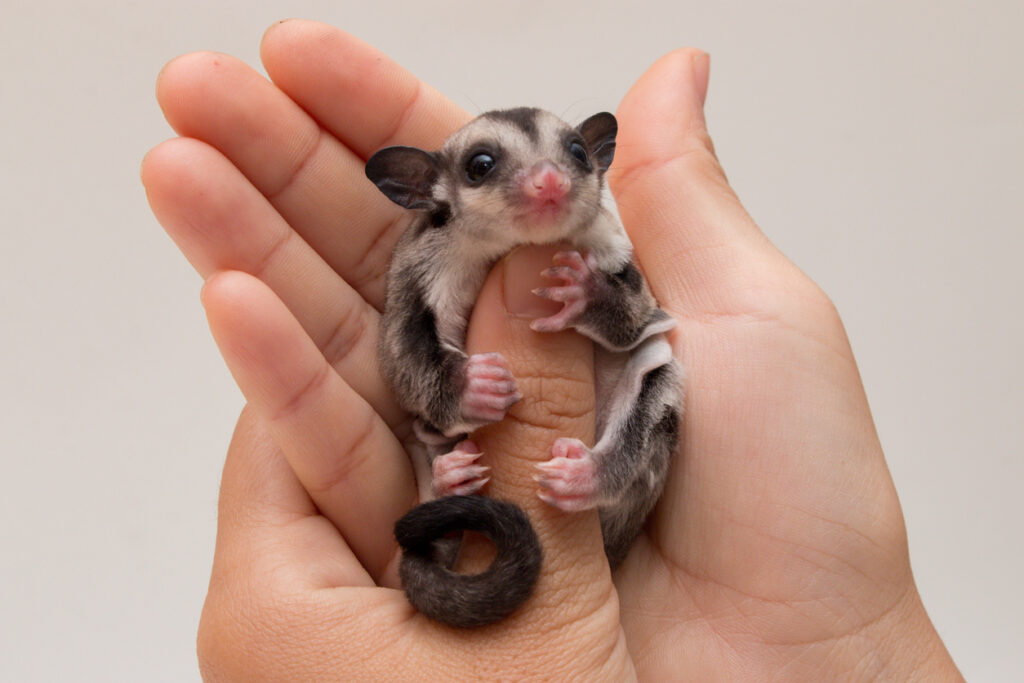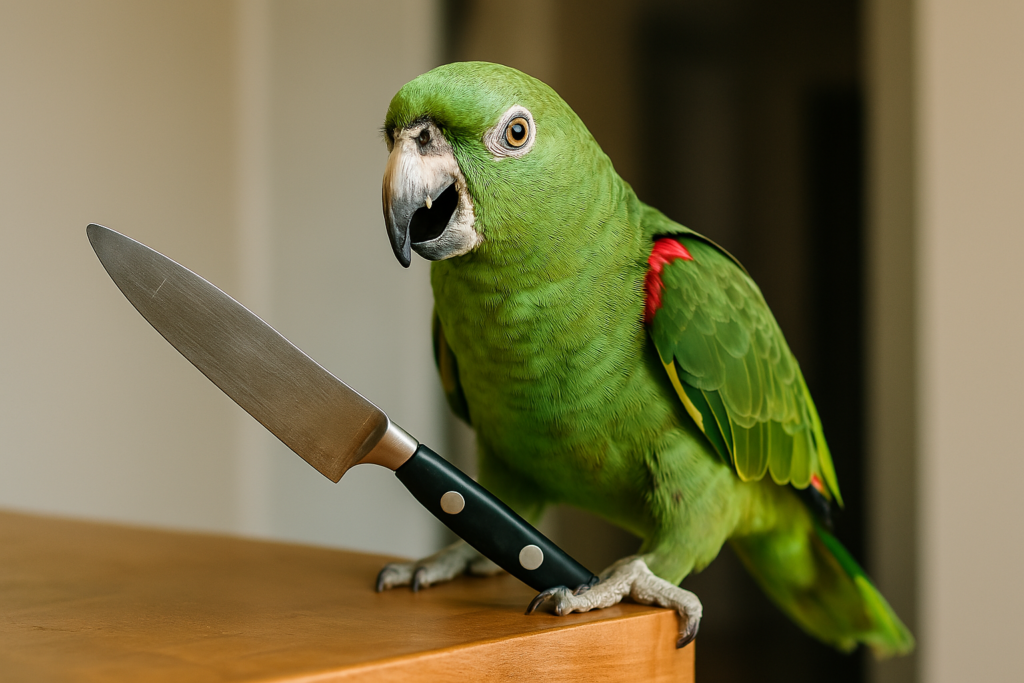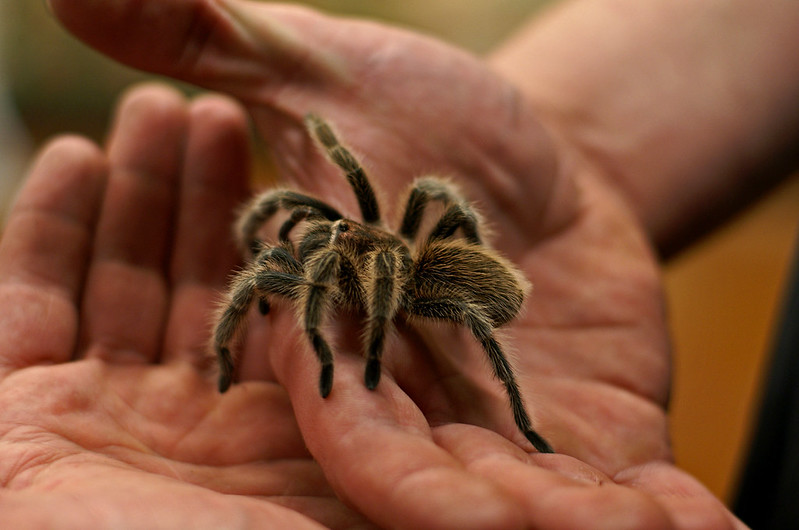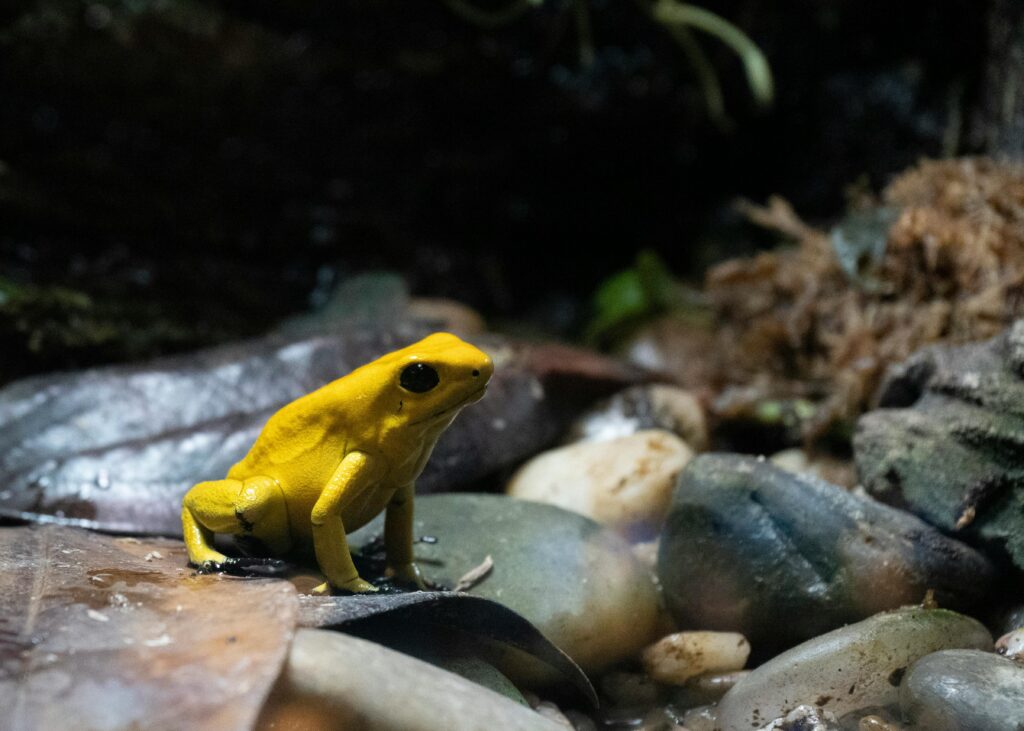They looked cute—until they bit, poisoned, or plotted your downfall.

They slithered in as companions. They stayed for the chaos. From poisonous frogs to wild cats disguised as kittens, these pets weren’t just exotic—they were quietly terrifying. Some carried hidden toxins. Others shredded laws. And a few turned out to be apex predators disguised in fur and feathers. They looked adorable on the outside. But under the surface? Absolute menace.
What happens when nature doesn’t act tame just because you gave it a name? Here’s what to know before you fall for a face that hides a lethal secret.
1. The Pet Turtle That Carried More Than a Shell

Tiny turtles seem like a chill, low-maintenance choice—no barking, no fur, no drama. But by the 1970s, they were the cause of nearly 280,000 cases of Salmonella poisoning each year in the U.S. That number was alarming enough for the CDC to ban the sale of turtles under four inches, especially since the bacteria could spread just by touching their shells or tank water. Turtles often appear perfectly healthy, which makes the hidden danger even easier to miss—especially for kids.
The outbreaks haven’t stopped. In 2024, small turtle-linked salmonella cases were back in the headlines after being traced to flea markets and unregulated online sellers. And this isn’t just a stomach bug—complications can include hospitalization and long-term gut issues. The CDC continues to warn families not to kiss turtles, not to clean their tanks in kitchen sinks, and not to assume “tiny” means safe. If you’re not into biohazards with cute eyes, it might be best to keep your fingers out of the tank.
2. The Sugar Glider That Became a Flying Menace

They look like flying teddy bears, but sugar gliders are wild animals playing house. In their natural habitat, they live in large colonies, glide between trees, and feast on nectar, insects, and sap. In captivity, though, they’re often confined to birdcages and fed fruit cocktail—leading to chronic stress, malnutrition, and erratic behavior. The RSPCA warns that these nocturnal marsupials are not suitable pets for the average household, despite what trendy exotic pet shops might say.
Without proper enrichment and socialization, sugar gliders can self-harm, shriek all night, or lash out. They bond tightly to one human and may aggressively reject everyone else. Some have been known to chew through cords, escape into air vents, or react violently when separated. They’re also extremely difficult to rehome—once they’ve imprinted, they don’t easily adjust. Cute? Yes. Low maintenance? Absolutely not. Owning one is less like adopting a pet and more like raising a tiny, sleepless alien with mood swings.
3. The Pet Cat That Was… Not a Cat

One woman in Atlanta thought she’d rescued a slightly strange kitten—until it escaped through a window and authorities confirmed it was an African serval. These long-legged, large-eared cats can jump over 10 feet and are illegal in several U.S. states. According to The WildCat Sanctuary, servals aren’t just exotic—they’re untamable. They spray-mark their territory, destroy furniture, and may become aggressive without warning.
Even hybrids like Savannah cats (part domestic, part serval) come with wild instincts. These cats are apex hunters with high prey drives and complex behavioral needs. Owners have reported shredded couches, injured pets, and even emergency room visits. Most vets won’t treat them due to safety risks, and some states require permits or ban them entirely. So while they might look like house cats on stilts, servals belong in the wild—not your living room.
4. The Parrot With a Knife (Yes, Really)

Parrots can be brilliant, mischievous, and deeply manipulative. In one viral video, a Brazilian parrot was filmed grabbing a knife and pacing like a feathered gremlin. It was funny—until you remember these birds can crack bones with their beaks. According to the Association of Avian Veterinarians, parrots can develop serious behavioral issues if under-stimulated, including aggression, screaming, and obsessive territorial behavior.
Because they live for decades—some up to 80 years—a bored parrot isn’t a phase. It’s a lifelong commitment. Parrots often bond to one human and may attack others. They need hours of enrichment every day, and their intelligence means they remember grudges. They’ve been known to mimic household fights, trigger smart devices, and even outlive their owners—leaving their feathery chaos to the next of kin. If you want a drama-free pet, this bird’s not the word.
5. The Tarantula That Triggered a SWAT Call

Tarantulas aren’t aggressive by nature, but they’re nightmare fuel for most people. One escaped in a New Mexico neighborhood, prompting a full police response when a neighbor spotted it crawling across a window. While that spider turned out to be docile, some species—like the Goliath birdeater—can release clouds of urticating hairs that irritate eyes and skin like tiny fiberglass shards. These defensive barbs are their go-to weapon when feeling threatened.
Veterinarians and arachnid specialists warn that while most tarantulas pose little risk to humans, improper handling can still result in serious reactions. Some bites, while rare, can cause localized pain and allergic symptoms. Others may cause weeks of swelling. And if the spider gets loose? Panic is almost guaranteed—especially in shared housing or apartments. They’re not out to hurt you, but they’re not exactly “cuddle and chill” pets, either. You’ll need a secure enclosure—and a calm landlord.
6. The Goldfish That Became a Monster

They start small, but goldfish are secretly hydrodynamic wrecking balls. Once released into local lakes and ponds, they grow over a foot long, stir up sediment, devour native eggs, and trigger full-blown ecological chaos. In Burnsville, Minnesota, officials begged residents to stop dumping them after discovering football-sized specimens disrupting their local waterways. According to the New York Times, cities across the U.S. are now battling these deceptively hardy invaders.
Goldfish are descendants of wild carp, and once free from tank life, they thrive. They can survive harsh winters, low oxygen levels, and poor water quality, outcompeting native fish and turning wetlands into murky wastelands. Worse, they reproduce quickly and don’t stop. So while that childhood pet might’ve seemed harmless in a bowl, releasing it turns it into an environmental problem with fins. It’s not just rude—it’s illegal in many states.
7. The Ferret With a Dark Side

Ferrets are known for their slinky charm and curious energy, but they come with sharp teeth and strong instincts. In one Pennsylvania case, a couple left their infant in a bouncer seat unattended, only to return and discover their pet ferrets had severely bitten the baby’s face. The American Ferret Association has repeatedly emphasized that, while domesticated, ferrets retain predator behaviors and should never be left alone with small children.
Ferrets bite for many reasons: overstimulation, fear, or simply mistaking a toe for a toy. They’re escape artists, too—able to slip under doors, chew cords, and disappear into walls. And while they’re legal in most states, cities like New York and Washington, D.C. have banned them due to public safety concerns. With proper care and supervision, they can be affectionate and playful. But without it? You’re one nipped finger away from a lesson in respect.
8. The Frog That Secretly Had Enough Toxin to Kill You

Some frogs are dangerous because of their diet—and one in particular can kill ten men with a single touch. The golden poison dart frog, native to Colombia, secretes batrachotoxin through its skin, a neurotoxin so potent that National Geographic has called it one of the deadliest animals on Earth. Even captive frogs can become toxic if fed the wrong insects—specifically, poisonous beetles that trigger the chemical reaction in their skin.
Inexperienced collectors sometimes mistake wild-caught frogs for safe pets. But even non-toxic dart frogs are extremely sensitive to their environment, requiring humidity-controlled tanks, UV lighting, and live insect diets. One slip in care, and their health can spiral fast. For humans, a brush with the wrong species can cause paralysis or cardiac arrest. So, if a neon-colored frog ever catches your eye, admire it from afar. It’s not a decoration—it’s a warning.


